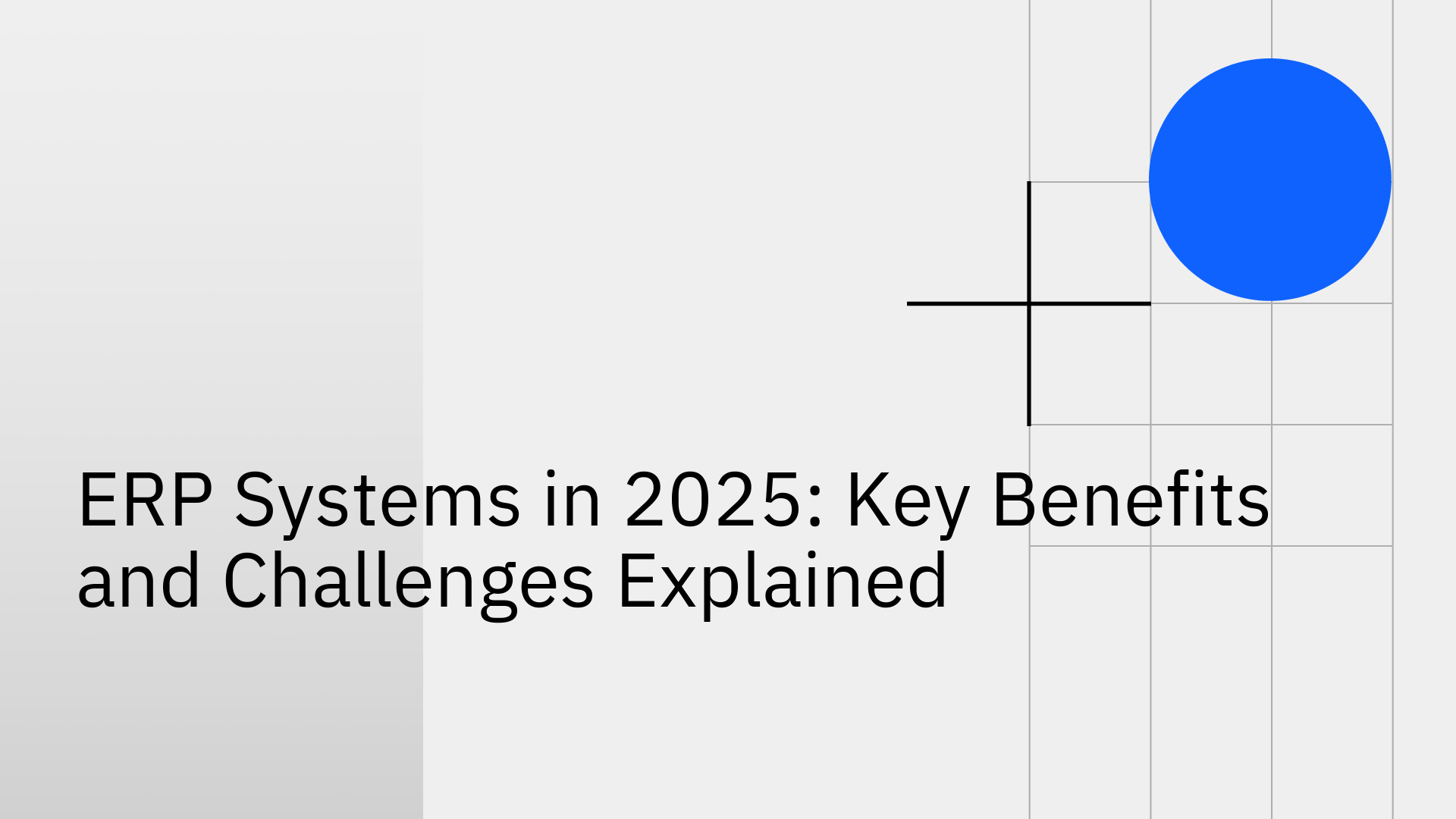
In today's hyper-competitive business environment, operational efficiency is not just an advantage; it is a necessity. Organizations from manufacturing to e-commerce face immense pressure to streamline processes, eliminate data silos, and gain real-time visibility into their operations. Enterprise Resource Planning (ERP) systems, particularly cloud-native solutions like NetSuite, have emerged as the central nervous system for modern enterprises, promising a unified platform for managing every facet of the business.
However, implementing a powerful ERP is only half the battle. While NetSuite can revolutionize core functions, its true potential is often constrained by the unanticipated complexities of data integration with other critical systems. This article provides a technical analysis of the benefits and challenges of deploying a NetSuite ERP in 2025. We will explore its core capabilities and, most importantly, address the critical integration challenges that can determine the success or failure of your digital transformation initiative.
A NetSuite ERP is a comprehensive, cloud-based software suite that allows an organization to manage its mission-critical business processes from a single, integrated platform. Think of it as the digital backbone of your company, unifying finance, human resources, supply chain, manufacturing, inventory, and customer relationship management (CRM).
Unlike disparate, on-premise systems that create data silos, NetSuite operates on a unified database. This architecture ensures that all departments work from a single source of truth, enabling seamless data flow, process optimization, and real-time operational intelligence across the entire organization.
Modern cloud ERPs have evolved far beyond simple record-keeping. NetSuite exemplifies this evolution with a robust set of capabilities designed for scalability and efficiency.
Adopting a NetSuite ERP delivers tangible technical and operational advantages that empower businesses to compete and scale effectively.
NetSuite dismantles departmental silos by integrating all business units onto one platform. This provides real-time visibility of sales data to the finance team, allows the supply chain to inform inventory management instantly, and ensures every decision is based on the most accurate, synchronized information available.
With all operational data flowing through a central system, managers can monitor key performance indicators (KPIs) in real-time. This allows for immediate responsiveness to inventory depletion, sales trends, and supply chain disruptions. Access to live and historical data also enables more accurate forecasting and strategic planning.
NetSuite automates mundane yet critical tasks such as payroll processing, invoice creation, financial consolidation, and inventory updates. This reduction in manual effort minimizes human error and frees up technical teams to focus on high-value strategic initiatives.
NetSuite is built with features to manage complex compliance requirements, including tax obligations, financial auditing standards, and data privacy regulations like GDPR. Its multi-currency and multi-entity management capabilities are essential for global operations.
As a cloud-native platform, NetSuite is designed to scale with your business. Whether you are adding a new warehouse, launching a new product line, or expanding into a new country, the system can accommodate this growth without requiring a complete architectural overhaul.
Despite its powerful capabilities, the value of a NetSuite ERP is fundamentally tied to its ability to communicate with other business-critical systems. This is where many implementations encounter a significant bottleneck. For instance, a business running its sales operations on Salesforce and its e-commerce on Shopify must ensure data flows seamlessly into NetSuite to maintain operational integrity.
This technical problem—the integration gap—is often addressed with inefficient and unreliable methods:
This is the precise technical challenge Stacksync was engineered to solve. Stacksync is a purpose-built, no-code platform designed for real-time, bi-directional data synchronization between NetSuite and other operational systems like Salesforce and Shopify. It bypasses the limitations of traditional methods by providing:
Consider a fast-growing e-commerce brand that uses Shopify for its storefront, Salesforce for its sales team, and has recently adopted NetSuite to manage its increasingly complex financials and inventory.
The Problem: The company faces critical data silos. Order data from Shopify is manually entered into NetSuite, causing delays and errors. Inventory levels are inconsistent, leading to stockouts and overselling on the Shopify store. The sales team in Salesforce lacks real-time visibility into customer order history and fulfillment status from NetSuite, hindering their ability to provide effective service.
The Solution: The business implements Stacksync to establish a real-time, bi-directional data sync across its entire operational stack.
The Result:
By solving the integration challenge, the company transforms its separate applications into a single, cohesive operational unit, unlocking the full ROI of its NetSuite investment.
If your organization is struggling with fragmented data across spreadsheets, disconnected teams, and inefficient process bottlenecks, a NetSuite ERP can be a transformative investment. It provides the foundational platform for scaling operations, enhancing visibility, and driving data-informed decisions.
However, the success of your ERP journey depends on choosing the right tools to support it. Your NetSuite implementation is only as strong as its integrations. To unlock its full potential, you must ensure it communicates flawlessly with your entire tech stack. Stacksync provides the critical link, guaranteeing data consistency and reliability across your operational systems and empowering your teams with the single source of truth they need to succeed.